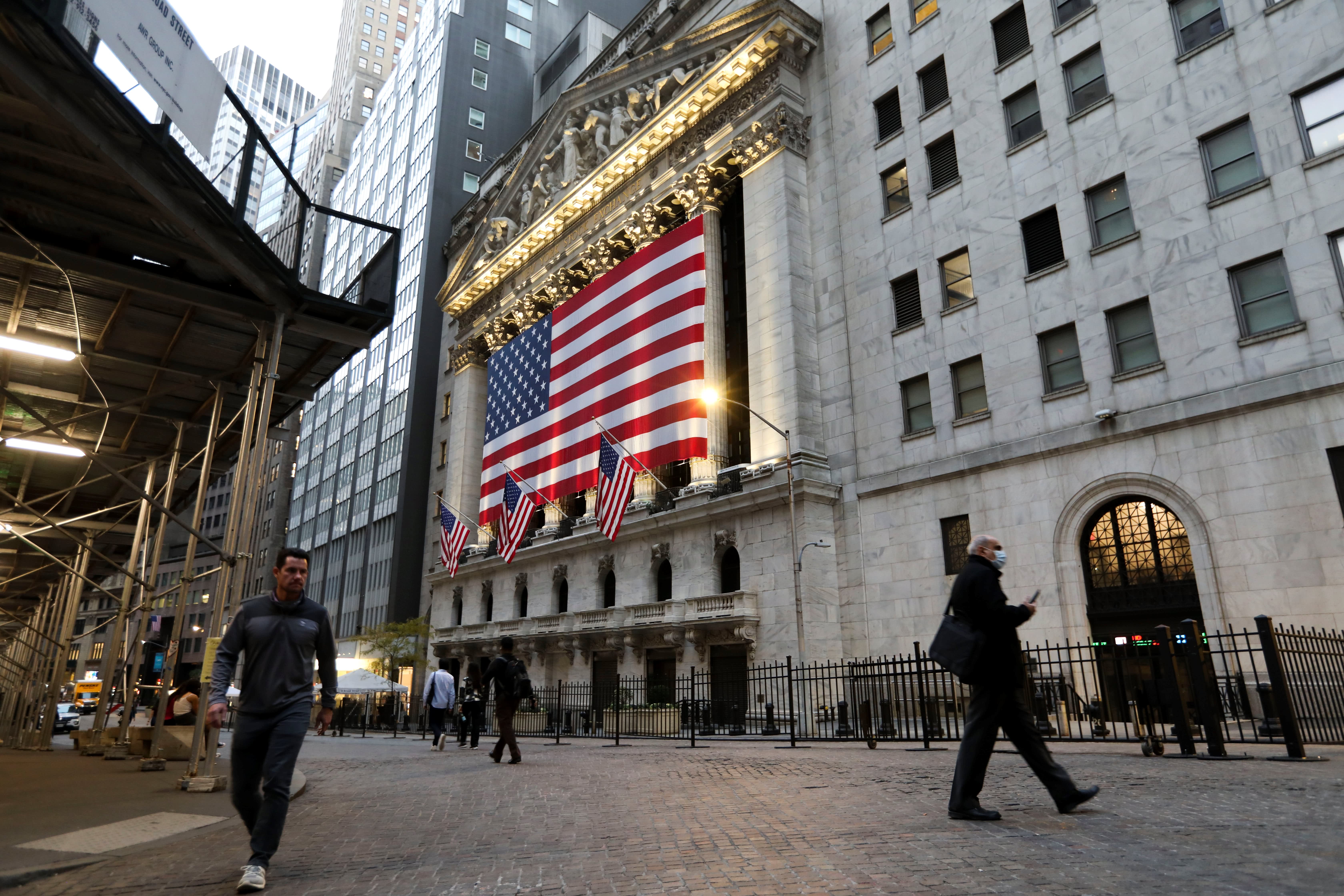S&P 500 pulls back slightly after notching best day since June

U.S. stocks fell on Tuesday led by technology names, as the market gave back some of the strong gains from the previous session.
The S&P 500 slid 0.6% after the broad equity benchmark rallied more than 2% Monday for its best day since June. The Dow Jones Industrial Average traded flat, and the tech-heavy Nasdaq Composite dipped 0.8% as Apple and Microsoft fell about 1% each.
Tech and real estate were the two worst-performing sectors, falling more than 1% each. Slight gains in materials and consumer staples provided the broader market with some cushion.
The 10-year Treasury yield, a point of focus lately for equity investors, dipped to 1.41%. The benchmark rate appeared to be stabilizing this week after surging to a high of 1.6% last week, which eased some of the fears about higher borrowing costs and inflation. Investors will continue to monitor the moves in the bond market.
“Volatility has resurfaced as rising interest rates begin to change the dynamic with valuations and expectations for future inflation,” Craig Johnson, technical market strategist at Piper Sandler, said in a note. “While another round of stimulus should support the continuation of the economic recovery, it does also create increase risk of stoking inflation and changing the FOMC’s dovish narrative.”
Shares of Target reversed early gains to trade more than 4% lower despite the company reporting booming sales. The retailer declined to provide a forecast for 2021.
U.S. equities began March on a strong note on Monday with the S&P 500 up 2.4%, the Dow Jones Industrial Average adding nearly 2% and the tech-heavy Nasdaq jumping just over 3% after shedding 4.9% last week. Both the Dow and the Nasdaq clinched their best trading day since November.
Economically sensitive cyclical sectors continued to outperform the broader market amid optimism about vaccines and economic resurgence. Energy and financials have risen 28% and 12%, respectively, year to date.
Some on Wall Street believe the jump in yields reflect improving economic growth and rising earnings forecasts and stocks should be able to absorb higher borrowing cost in the long run if it rises at a reasonable pace.
“It’s not just the level of rates that matters for investors; it’s also the pace of the climb, the steepness of the curve, and the reasons for movement,” said Lauren Goodwin, economist and portfolio strategist at New York Life Investments.
“Investors should expect moments of market indigestion as good news slows, but stick with the fundamentals: accommodative policy and improving earnings are good news for risk assets,” she added.
Subscribe to CNBC PRO for exclusive insights and analysis, and live business day programming from around the world.




